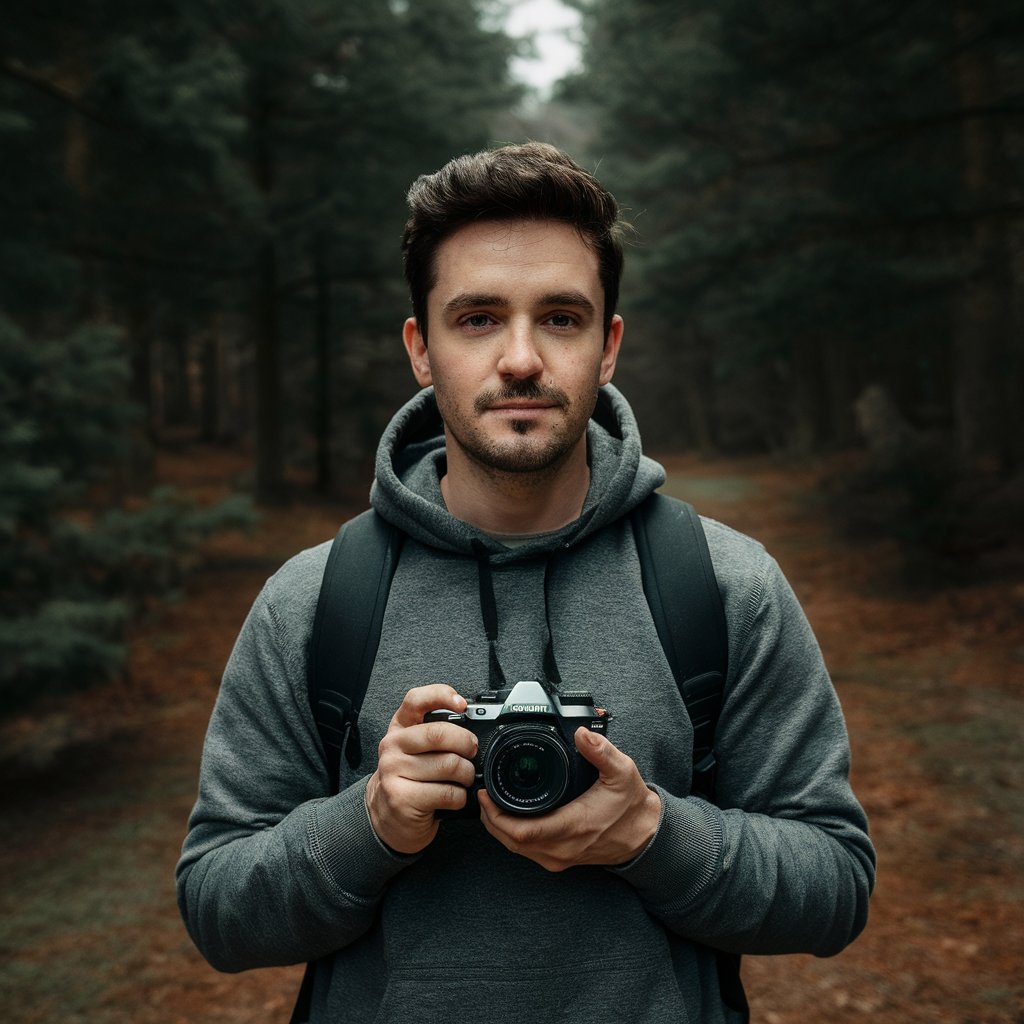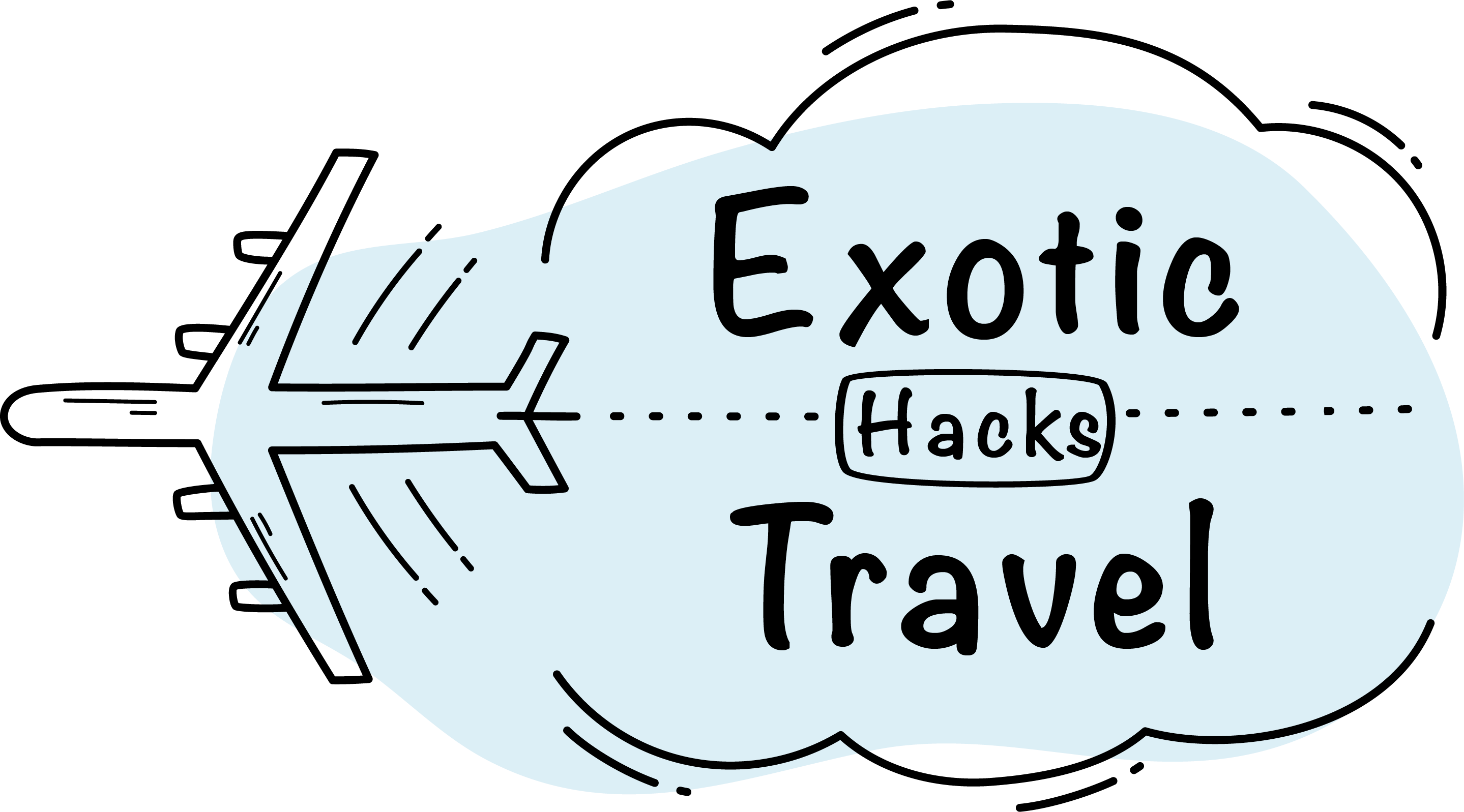Table of Contents
The Australian Outback isn’t just a destination – it’s an experience that rewrites your understanding of space, time, and silence. This isn’t your typical road trip guide. Here’s how to navigate the heart of Australia in ways most tourists never discover.
Beyond the Stuart Highway: Routes Less Traveled
Most Outback travelers stick to the sealed Stuart Highway running from Adelaide to Darwin. Instead, consider the Oodnadatta Track, which follows an ancient Aboriginal trading route later used by Afghan cameleers. This unsealed road passes by the shores of Lake Eyre, Australia’s largest salt lake, and connects quirky outposts like William Creek (population: 10) where the pub walls are covered with international currency and underwear left by passing travelers.
For those seeking true remoteness, the Binns Track offers 2,230 kilometers of red dirt roads from Mount Dare to Timber Creek, crossing some of Australia’s most isolated landscapes. You might go days without seeing another vehicle, but the payoff comes in pristine night skies unmarred by light pollution and campsites where the only visitors are curious wallabies.
Vehicle Truth: Why Your SUV Probably Isn’t Enough
The Outback demands respect, starting with your vehicle choice. That city SUV might have “off-road” in its brochure, but what you need is a proper 4WD with high clearance, heavy-duty tires, and dual batteries. Toyota Land Cruisers and Nissan Patrols are the vehicles of choice for serious Outback travelers for good reason – they’re built to handle the punishing conditions.
For remote tracks, consider traveling in a convoy with another vehicle. If that’s not possible, a satellite phone isn’t an optional extra – it’s essential. Cell coverage exists only around towns, and those towns might be 500 kilometers apart. Personal locator beacons provide an additional safety layer for around $300 – cheap insurance for the remoteness you’ll encounter.
Water Wisdom: The Desert’s Most Precious Resource
The cardinal rule of Outback travel: you can never carry too much water. Calculate 10 liters per person per day minimum, then add a 3-day emergency supply. Water plays into every decision you’ll make – where to camp, when to travel, and how far to venture from your vehicle.
Water sources marked on maps may be dry, contaminated, or inaccessible. Many Outback travelers strap additional water containers to roof racks or install auxiliary tanks. The locals’ trick? Freeze water bottles before departure – they’ll thaw gradually, providing cold drinking water while serving as backup ice for your cooler.
Timing Your Journey: When Even the Locals Stay Home
The Outback operates on a different seasonal calendar than coastal Australia. The optimal window runs from May to August, when daytime temperatures range from pleasant to warm rather than dangerously hot. By September, thermometers regularly hit 40°C (104°F), and summer months can bring temperatures that will shut down your vehicle or worse.
The shoulder seasons offer unique advantages – April brings wildflowers after the wet season in the northern regions, while September offers excellent birdwatching as migratory species return. Aboriginal guides speak of seasons beyond the European four-season model – the Jawoyn people of Katherine recognize five distinct seasons, each with different implications for travel.
Outback Accommodation: Beyond the Roadhouse
Outback accommodation ranges from characterful pubs to remote stations offering rooms. The iconic roadhouses – combination gas station, restaurant, hotel, and social hub – provide essential rest stops but can be noisy.
For something different, station stays on working cattle properties offer genuine Outback experiences. Places like Kings Creek Station near Kings Canyon or Bullara Station in Western Australia welcome travelers with comfortable accommodations and the chance to experience authentic Outback life. Many Aboriginal communities also offer cultural stays where visitors can learn traditional knowledge while providing income that supports cultural preservation.
The Reality of Outback Driving
Distance works differently here. A 500-kilometer day that would be easy on highways becomes exhausting on corrugated dirt roads that shake your vehicle relentlessly. The locals’ rule: halve your usual daily distance and double your estimated travel time.
Road conditions change rapidly – a perfectly good track can become impassable after rain. Rivers marked as crossings on maps might be bone dry or raging torrents depending on recent weather. Always check road conditions with local authorities before setting out, and never, ever cross flooded roads, no matter how capable your vehicle seems.
Cultural Navigation: Respecting Traditional Owners
Much of the Outback is Aboriginal land with deep cultural significance. Some areas require permits, which do more than generate income – they help traditional owners manage visitor numbers and protect sacred sites. Obtain these well in advance through organizations like the Central Land Council.
When visiting Aboriginal communities, remember you’re entering someone’s home. Some communities welcome visitors, while others prefer privacy. Always check if photography is permitted – many sacred sites cannot be photographed. Take the opportunity to learn from traditional owners through guided tours that provide income while sharing cultural knowledge on their terms.
Wildlife Encounters: Beyond Kangaroos
Dawn and dusk transform the seemingly barren landscape into a wildlife haven. Red kangaroos bound across plains, thorny devils waddle across warm sand, and wedge-tailed eagles soar on thermals. But remember – the Outback’s most dangerous wildlife aren’t the snakes or spiders, but the road trains (massive multi-trailer trucks) and kangaroos that can destroy your vehicle if struck at speed.
The locals’ strategy? Avoid driving at dawn and dusk when animals are most active. If you must drive then, reduce speed significantly and scan the road edges constantly. Consider mounting driving lights to improve visibility, and never swerve for animals – it’s safer to brake in a straight line.
Provisioning Like a Pro
Outback food prices can cause serious sticker shock – expect to pay triple what you would in cities. The solution isn’t loading up with perishables that will spoil, but thinking like a local. Vacuum-sealed meats last longer than fresh. Eggs coated in petroleum jelly keep for weeks without refrigeration. Root vegetables outlast leafy greens. Packet soups, rice, and pasta provide reliable backups.
The smart Outback traveler carries ingredients rather than meals, allowing for flexible meal planning based on what’s available locally. Always have an emergency food stash calculated for three extra days beyond your planned journey.
Night Skies That Redefine Darkness
The Outback offers some of the world’s last truly dark skies, where the Milky Way doesn’t just appear as a faint smudge but explodes across the heavens in brilliant detail. Aboriginal astronomy traditions view these stars differently than Western traditions – the darkness between stars forms patterns as important as the stars themselves.
To fully experience this celestial show, plan your trip around the new moon when starlight isn’t competing with moonlight. A good pair of binoculars offers more practical stargazing than telescopes, which can be cumbersome on a road trip. Apps like SkyView allow you to identify constellations but consider learning some Aboriginal astronomical stories for a different perspective on these ancient skies.
The Future of Outback Travel
The most rewarding Outback journey embraces these changes, approaching the landscape not as wilderness to be conquered but as a living country shaped by tens of thousands of years of human stewardship. Travel with humility, curiosity, and respect, and the Outback will reveal itself not just as a place to visit, but as an experience that fundamentally changes how you see the world.

I’m Garrett, a seasoned photojournalist with a passion for uncovering the world’s hidden treasures. My journey is fueled by a deep curiosity for diverse cultures and breathtaking landscapes. When I’m not behind the lens capturing the world’s wonders, you can find me exploring underwater realms or sharing my passion for discovery with my two adventurous children.




